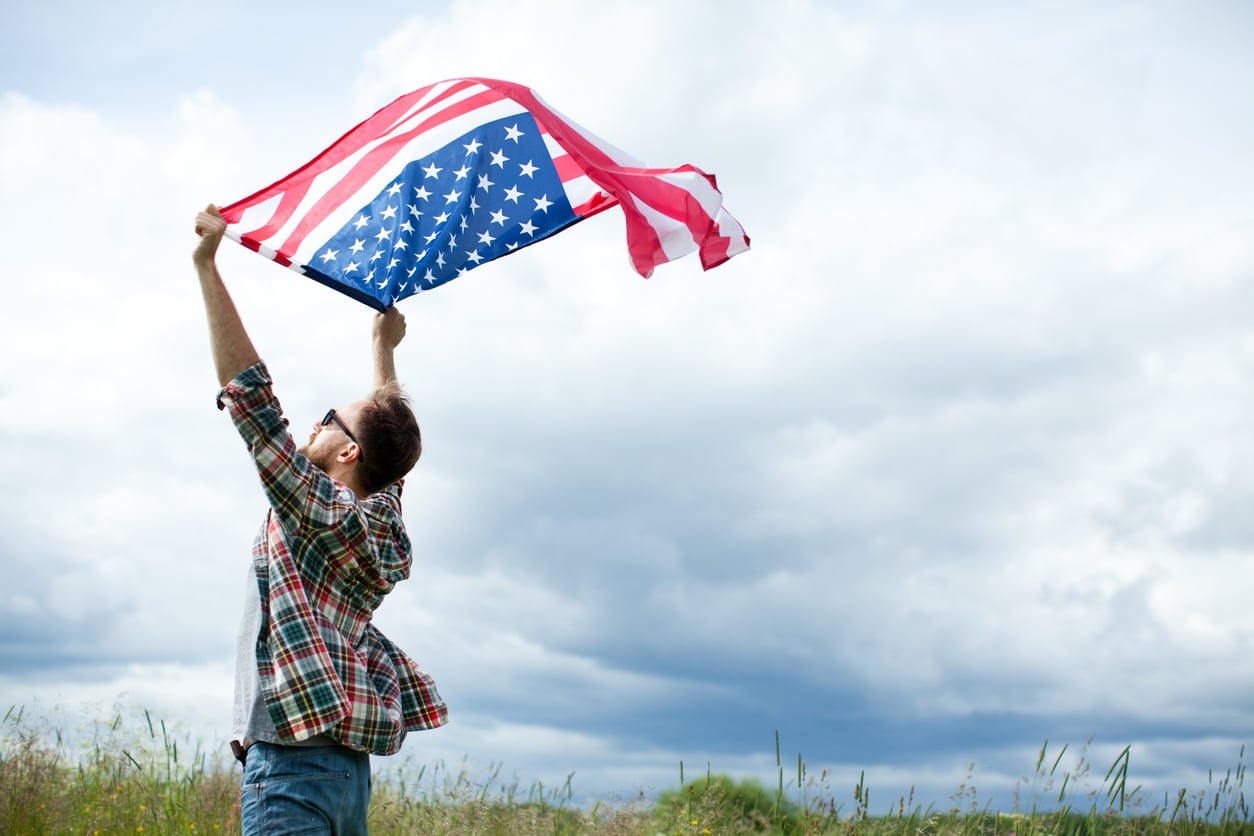Many First Amendment constitutional doctrines are embodied in metaphors and other figures of speech.
To cite two prominent examples, individuals have long said that the establishment clause creates a “wall of separation” between church and state, and justices refer to the need to allow for some “play in the joints” between the establishment and free exercise clauses.
In similar fashion, justices sometimes liken freedom to speech to a “marketplace of ideas” and describe overly broad restrictions on such speech (restrictions that are not “narrowly tailored”) as creating a “chilling effect.” In outlining the clear and present danger test, Justice Oliver Wendell Holmes, Jr. likened such speech to falsely shouting fire in a crowded theater and causing a panic.
'Breathing space' metaphor in First Amendment law
The idea that freedoms of speech and the press require adequate “breathing space” is another such metaphor related to First Amendment jurisprudence. It is designed to provide broad protection for civil discourse.
The metaphor appears to be the primary brainchild of Justice William J. Brennan. In defending the right of the National Association for the Advancement of Colored People to represent clients in NAACP v. Button (1963), Brennan indicated that “Because First Amendment freedoms need breathing space to survive, government may regulate in the area only with narrow specificity.” Similarly, in the landmark decision requiring public figures suing for libel to show “actual malice” in New York Times v. Sullivan (1964), Brennan observed that because “erroneous statement was inevitable in free debate,” such statements required “breathing space.” Brennan’s view has been bolstered by judicial decisions indicating that, while judges may be able to resolve some factual matters, judges are not equipped to regulate false opinions or false ideas.
Supreme Court has used 'breathing space' in more than 50 free speech decisions
Professor David L. Hudson, Jr. has found that the Supreme Court has employed the breathing space metaphor “in more than 50 First Amendment free-speech decisions, including the case of United States v. Alvarez (2012), the so-called stolen valor case. In that case, attorneys mentioned the phrase 17 times in oral arguments, and at least four justices did so as they questioned the attorneys (Hudson 2016). In the recent decision in Lively v. Baldoni and the New York Times (2025), a district court judge observed that the actual malice test allows “the freedoms of speech and press that ‘breathing space’ essential to their fruitful exercise.”
The breathing space metaphor recognizes that society has to tolerate some false speech, especially that which is unintentional, or the result of hyperbole, in order to foster vigorous debate. Professor Kenneth S. Abraham has observed that individuals can purchase insurance against liability for defamation, which also widens the breathing space that such speech enjoys.
The breathing space doctrine is not unlimited and has not been interpreted to protect individuals against perjury, false advertising, fraud (Brannon 2022).
John R. Vile is a political science professor and dean of the Honors College at Middle Tennessee State University.

